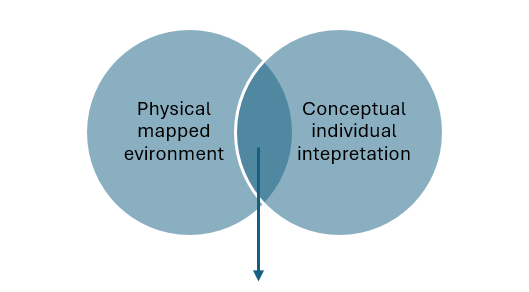What story is your school really telling? Transform school culture with these strategies.
Every school has a story.
It might be the old, haunted school that was torn down. The “undesirable” one where those kids go. The sports powerhouse. Or the school that every teacher dreams of joining. For all the emphasis we place on grades and outcomes, it’s these stories we return to when trying to describe the true nature of a school. The narrative often speaks louder than the numbers.
In Dr Heather Michael’s podcast for Education by Design, she introduces the powerful idea that schools are built around dominant narratives that may exclude or marginalize some students. Dr. Michael advocates for intentionally rewriting these narratives to reflect inclusivity, diversity, and hope.
“What stories are we telling—through our spaces, practices, and policies?” Dr Heather Michael
For teachers and school leaders, those who have succeeded at the ‘game’ of school, it can be particularly uncomfortable to conduct this disruptive exercise – either in thought or as practical activity in school. The provocation can be made less painful by removing binary ideas of ‘right’ or ‘wrong’ and instead seeing what is. ‘Space’ is a good in-road in seeing ‘what is’, practices and policies are inherently contestable, where as space feels actual and a grounded starting point to consider.
Urban theorist Edward Soja coined a ‘thirdspace’ theory, that has inspired thinking in a number of fields including education. Put simply:
This ‘thirdspace’ is at the intersection of the first two; both real and imagined.
Viewed another way, how people really act in the physical environment based on social expectations, power dynamics, and their own imaginings.
Here’s an example to get any member of a school community started in thinking about the narrative spaces can reflect and how that narrative might be shaped.
On a large piece of paper or digital template, draw a simple map or layout of the chosen space in your school. Then, annotate it with responses to the following prompts:
🔹 Firstspace (The Physical)
What’s physically present in this space?
Who usually uses it? At what times?
Is it open, restricted, visible, hidden?
🔹 Secondspace (The Perceived)
What unspoken rules or norms shape behavior here?
How is this space “read” by students, staff, or visitors?
Are there signs of power, privilege, or exclusion?
🔹 Thirdspace (The Lived)
How do different people actually experience this space?
Are there voices or presences missing?
What stories might this space silently tell?
Source: Based on Lefebvre, H. (1991). The Production of Space
A word about power
Spaces can be designed to invite, exclude, or segregate. Dr. Michael’s podcast reminds educators to critically examine how all types of spaces are used—classrooms, hallways, even course selection systems—and how these spaces encode messages of who belongs and who doesn’t.
Here are some other places to start when working to transforming school culture:
Center Belonging in Design
Ensure that students feel a sense of safety and belonging—not only physically, but emotionally and intellectually.
Belonging is not a passive outcome; it must be intentionally cultivated through policy, pedagogy, and design.
Use Visual and Spatial Literacy in PD
Encourage school leaders and teachers to map school spaces and reflect on where power, accessibility, and inclusion are visible or lacking.
Use tools like photo elicitation or “walk-through” mapping exercises to facilitate reflection
Shift from Sorting to Supporting Students
Traditional systems often “sort” students (e.g., by streaming, standardized tests).
Dr. Michael suggests rethinking these structures to support students, not sort them—particularly through more inclusive and relational course selection processes.
Create Collaborative Learning Environments
Embrace practices that decenter traditional and hierarchical power structures in classrooms.
Involve students in co-creating learning environments where their voices, identities, and needs shape the space.
Sustain Change and Reflective Practice
Create mechanisms for ongoing reflection and assessment of your school's culture and spatial dynamics
Share stories of transformation to inspire and guide continued efforts toward equity and inclusion
Celebrate successes and learn from challenges!
These strategies offer a powerful framework for rethinking how school culture is shaped and how we can design more just and equitable learning environments.
Get your tools
There are also a range of tools available, and applicable in various global contexts, that enable school communities to take ownership of
1. Equity Audit Toolkit (by National Equity Project)
Purpose: Helps schools evaluate systemic equity issues across leadership, instruction, policies, and community engagement.
Focus Areas: Data analysis, policy review, staff and student voice.
Access: Free resources and guides available online.
2. Learning for Justice
Purpose: Measures inclusiveness and safety in school environments.
Focus Areas: Bias incidents, sense of belonging, student and staff experiences.
Access: Free survey tools and guides.
Link: learningforjustice.org
3. Index for Inclusion (Centre for Studies on Inclusive Education)
Purpose: Guides schools through self-review to improve inclusion of all students.
Focus Areas: School culture, policy, teaching and learning.
Access: Free PDF guides and frameworks.
Want more?
Visit my education space Common Ground for further resources and groups that activate learning, justice and community.

